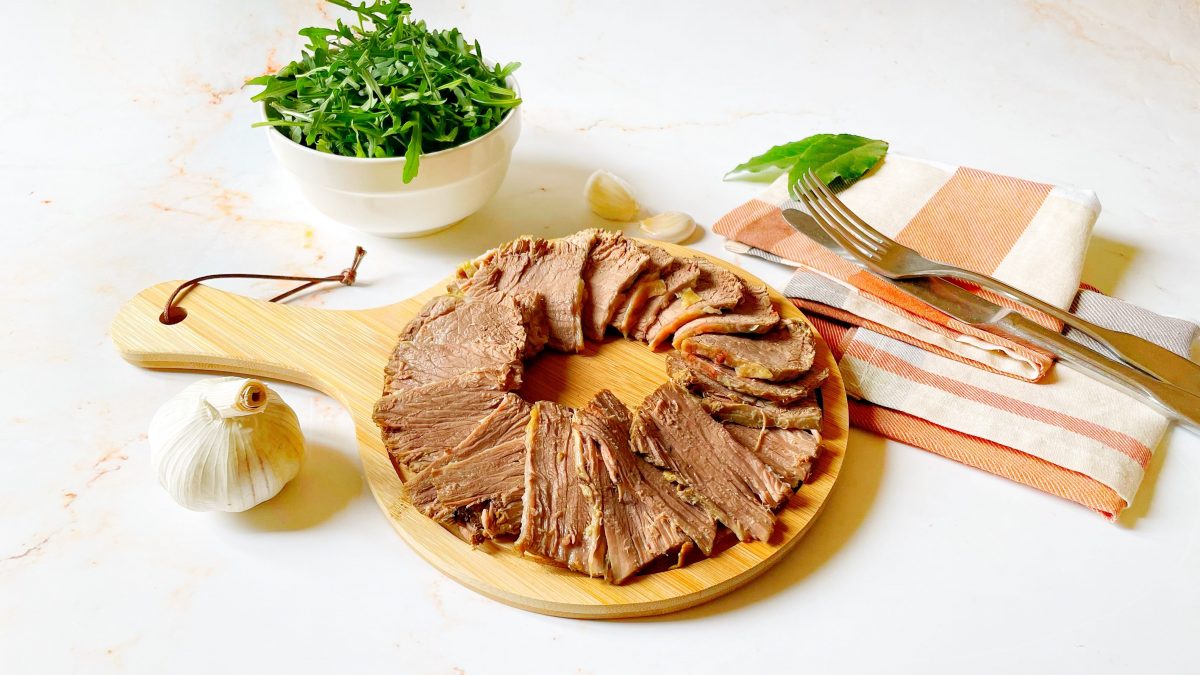
Corned Beef is a typical Anglo-Saxon dish made from beef brine marinated in brine and then gently cooked over a flame in boiling water. Its origins are uncertain, but it's traditionally made in Ireland for St. Patrick's Day, when corned beef—literally translated as "corned meat" due to its slightly gelatinous appearance—is typically served with a portion of pan-fried cabbage.
In the United States, corned beef, or salt beef, is a dish very similar to pastrami and derives its name from the Old English "corn," a term used to indicate any small, hard particle, presumably referring to the grains of salt used to flavor meat. Making it at home is not at all complicated, but it will require a little patience and a week of waiting. Once you've brought water, sugar, and a generous amount of salt to a boil in a pot, simply add a mix of spices and herbs away from the stove, such as garlic, chili powder, black peppercorns, cloves, bay leaves, and cumin. Submerge the beef breast in the now-cold liquid and let it rest in the refrigerator for 7 days, making sure to turn the meat occasionally.
Once the time has passed, all you have to do is drain the beef pulp thoroughly from its preserving liquid, remove the excess salt, and finally let the meat simmer slowly over the heat for about 3 hours.
This will create a delicious and flavorful main dish, which you can slice and serve piping hot with a side of vegetables and some fragrant toast, or enjoy cold in a sandwich with pickled gherkins and a drizzle of mustard.
For optimal results, you will need to get beef brisket: a cut rich in fat and connective tissue which, thanks to the rest in brine and boiling over the fire, will be particularly tasty and melt-in-the-mouth.
Ingredients
How to Make Homemade Corned Beef
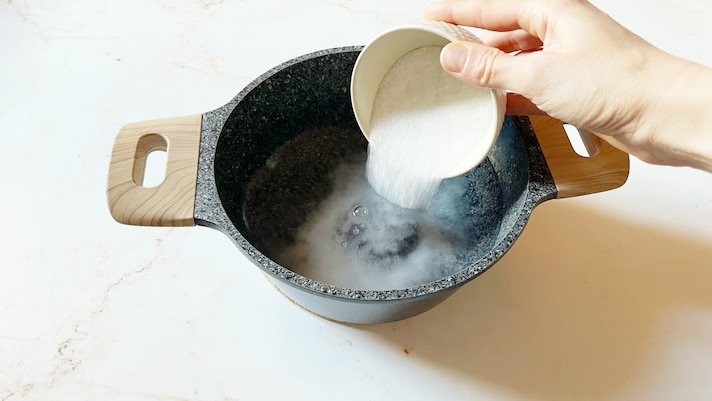
In a saucepan, bring the water to a boil, then turn off the heat and add the granulated sugar and salt.
In a saucepan, bring the water to a boil, then turn off the heat and add the granulated sugar and salt.
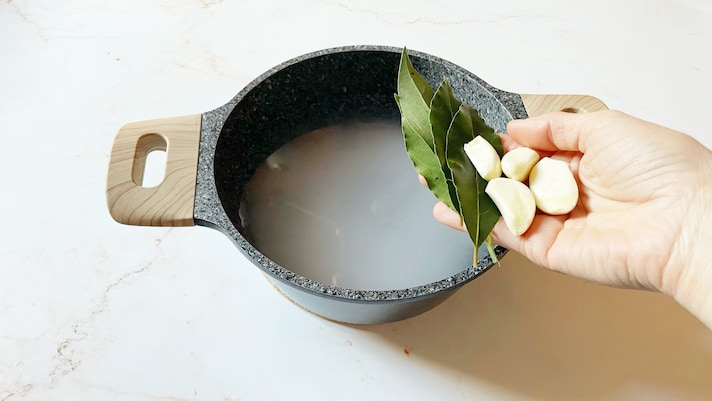
Combine the bay leaves and garlic cloves.
Combine the bay leaves and garlic cloves.
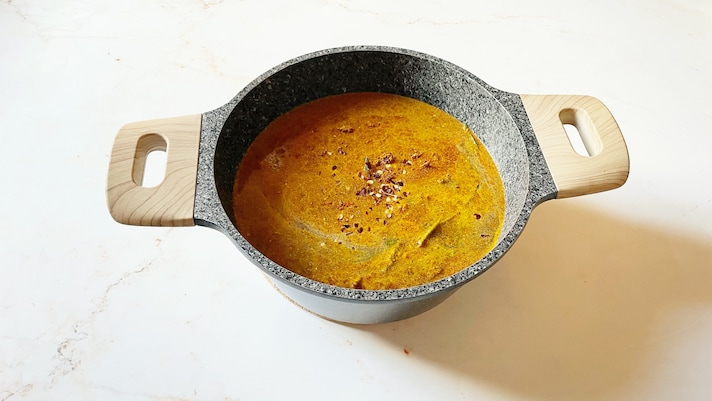
Spice with cumin, cloves, peppercorns and a pinch of chili powder.
Spice with cumin, cloves, peppercorns and a pinch of chili powder.
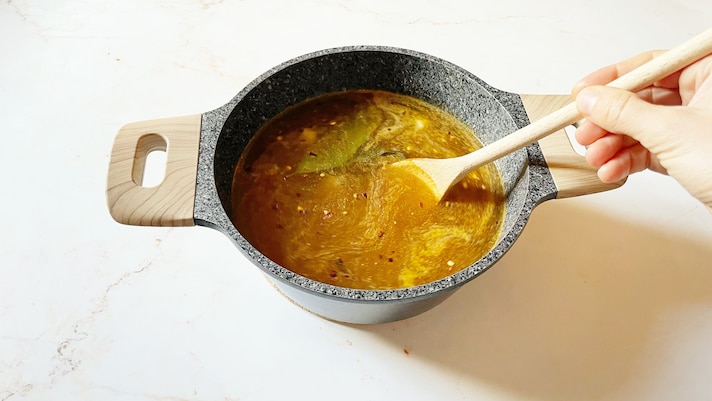
Mix well with a wooden spoon, then remove from the heat and let cool completely.
Mix well with a wooden spoon, then remove from the heat and let cool completely.
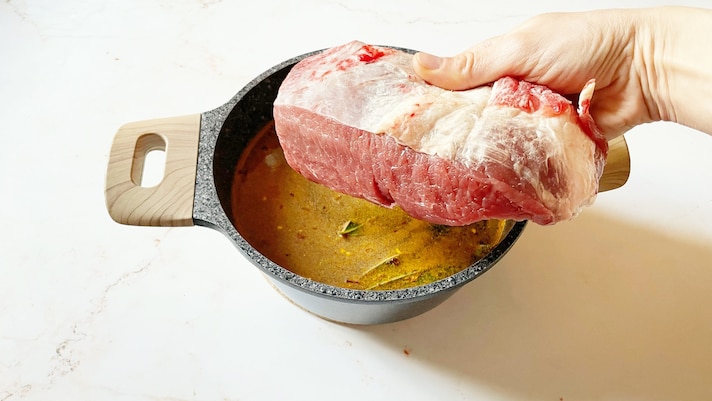
Once the time has passed, immerse the beef in the aromatic liquid.
Once the time has passed, immerse the beef in the aromatic liquid.
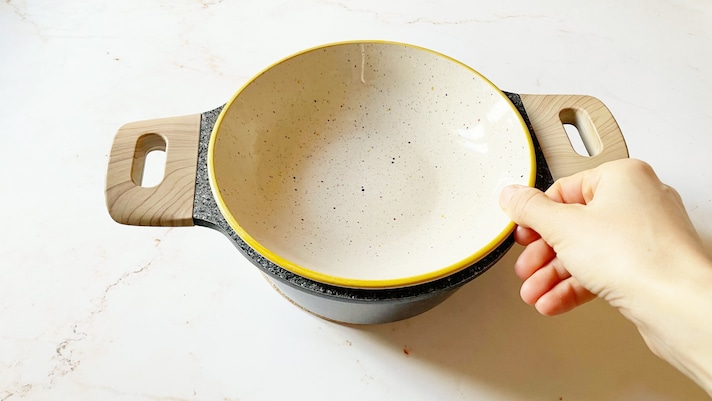
Cover with a plate and leave to rest int he fridge for a week, taking care to turn the meat at least once a day.
Cover with a plate and leave to rest int he fridge for a week, taking care to turn the meat at least once a day.
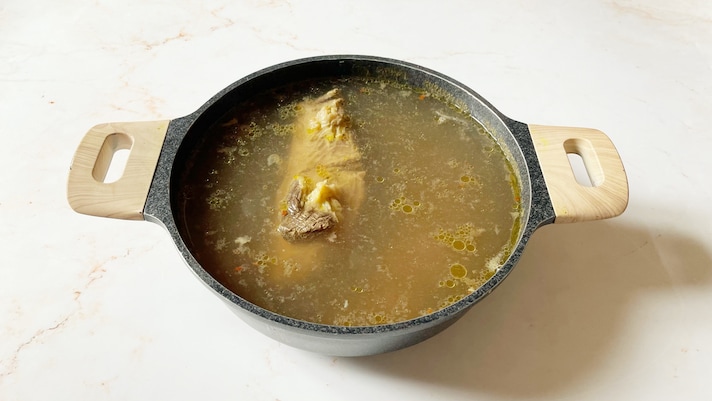
At this point, drain the beef pulp from the brine and remove the excess salt, then leave it to cook gently in boiling water for about 3 hours.
At this point, drain the beef pulp from the brine and remove the excess salt, then leave it to cook gently in boiling water for about 3 hours.

Once ready, remove the corned beef with a slotted spoon, cut it into thin slices and arrange them on a serving plate. Enjoy!
Once ready, remove the corned beef with a slotted spoon, cut it into thin slices and arrange them on a serving plate. Enjoy!
Corned Beef's Origins and Curiosities
Although the origins of the dish date back to a remote era, it seems that the spread of corned beef began at the time of the industrial revolution when in Ireland, more precisely in Dublin, Cork and Belfast, numerous factories specialized in packaging and curing local beef with salt from the Iberian Peninsula and southern France were opened.
Consumed from the 17th to the mid-19th century by British and American soldiers during their expeditions on the high seas, due to its long shelf life, corned beef soon became a profitable export for Northern European countries. Today, the leading exporter is Brazil, which alone produces about 80% of the product for large-scale retail trade.
;Resize,width=767;)
